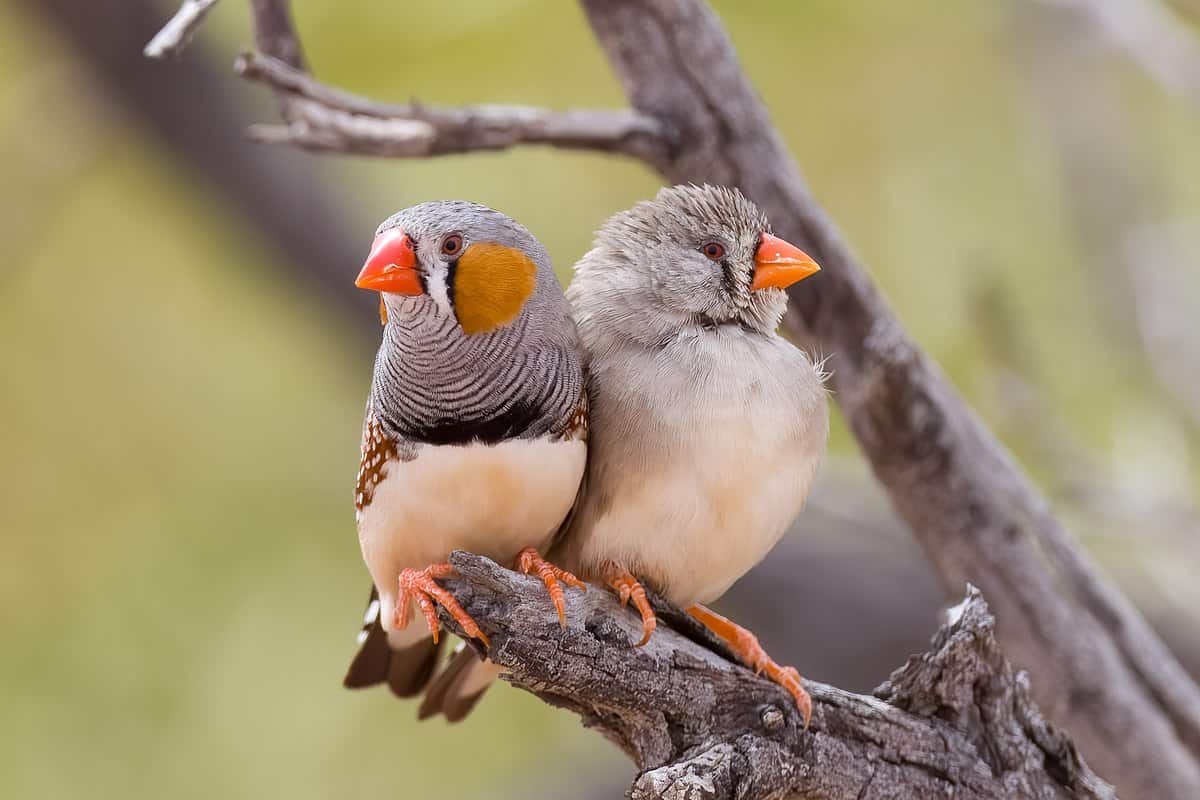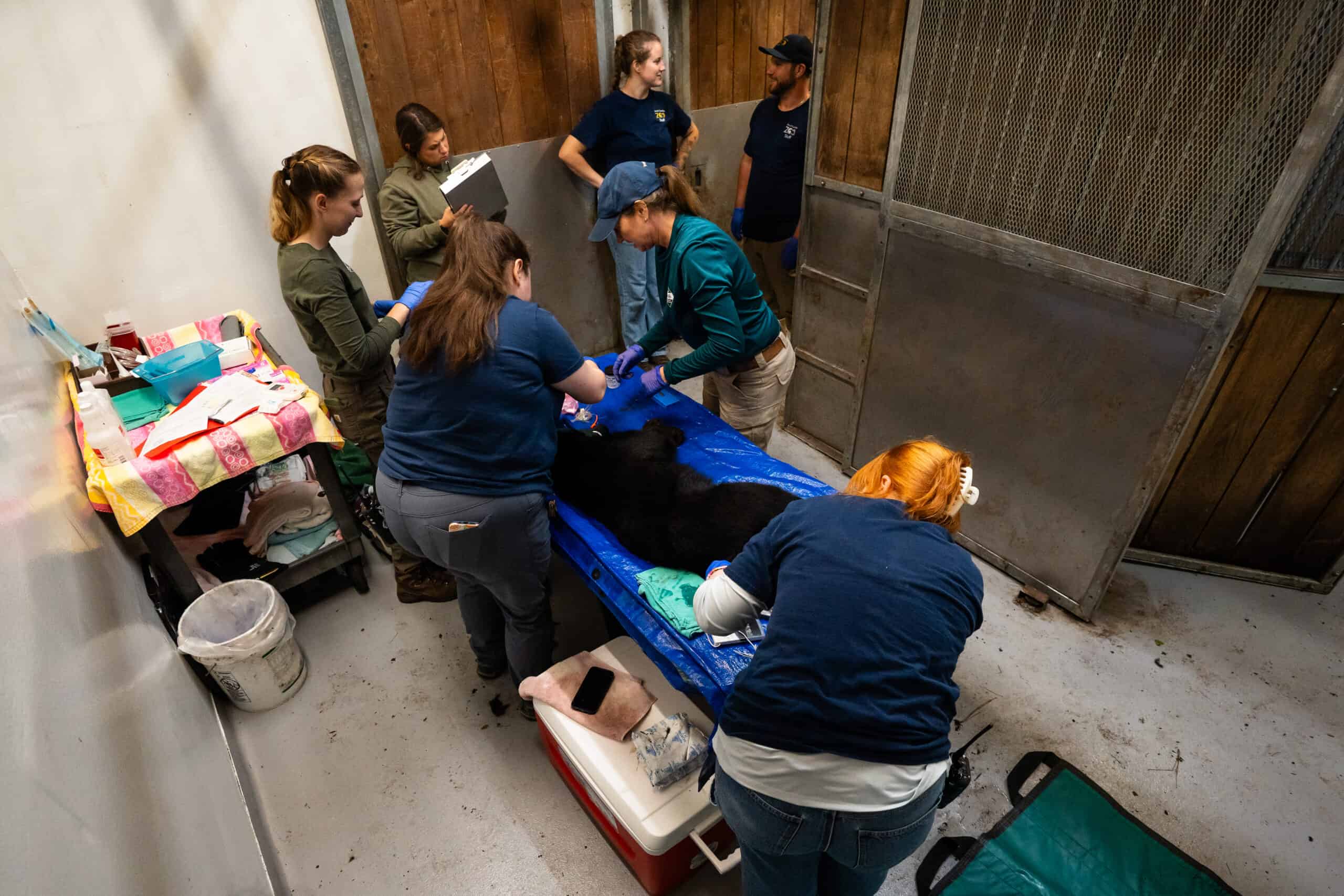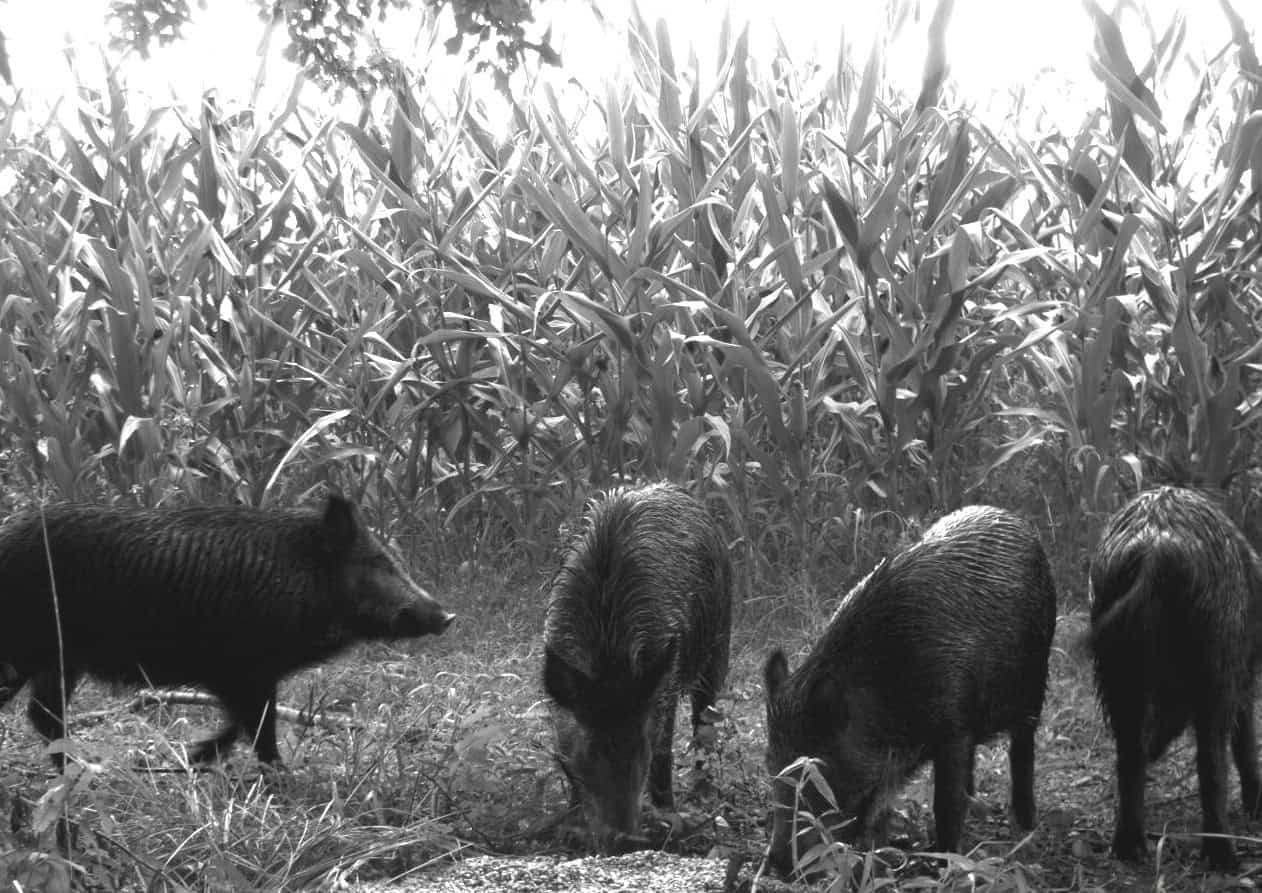Share this article
Wildlife Featured in this article
- Zebra finch
Sound pollution may affect bird beak brightness
Traffic noise in early life of hatchlings may be a developmental stressor
Does color have a sound? While the jury is still out on that concept, researchers found the two may be closely related when it comes to the effect of traffic noise and zebra finch beak brightness.
Bird beaks are usually used for eating—and even sometimes smelling, though it’s unclear how strong this sense is. But researchers examining the effect of stress in zebra finches in a laboratory have found that sound pollution may affect the brightness of their beaks.
“If anthropogenic effects like noise can change beak colors in birds—an important signal for mating—that’s concerning,” said Rindy Anderson, an associate professor of biology at Florida Atlantic University.
Male zebra finches (Taeniopygia guttata castanotis) are native to Australia. They rely, in part, on their bright red beaks to attract females. The bright color comes from carotenoids in their diet—a class of orange-red pigments that appear in foods like red berries and—you guessed it—carrots.
“This is a sexually-selected mating signal,” Anderson said. “Redness can indicate the quality of the male’s diet, or if he is stressed.”
A red flash
Zebra finches aren’t the only birds that brighten up parts of their body by eating foods rich in carotenoids—species like northern cardinals (Cardinalis cardinalis) also achieve their bright plumage partly thanks to these pigments.
For a study published in Acta Ethologica, Anderson and her colleagues wanted to see whether the stress of traffic noise might affect the ability of birds to learn and even the color of their beaks. In their first of two experiments, the researchers exposed zebra finches to traffic noise while giving them a series of cognition tests. They put a control group through the same tests, but only played back natural aviary sounds to them.
The birds exposed to traffic noise were slightly worse at learning a new behavior that involved using their beaks to get food than the control, Anderson said.
In a second experiment, the researchers exposed hatchlings to traffic noise for their first 90 days of life—roughly the time it takes for them to reach adulthood. In this case, they had three groups: one exposed to traffic noise, one exposed to pink noise—a natural noise such as wind blowing through trees—and one exposed to natural aviary sounds.
They weighed and measured them throughout the study period, taking pictures of them as they developed. After a 10-day break from the experiments, they ran the birds—now 100 days old—through the same cognition tasks as they had the adults do in the previous test.
The study again revealed a marginal effect on the ability of the traffic birds to complete one of the learning tasks.
But the researchers were surprised to find something they weren’t necessarily expecting—the male birds had duller beaks than control males, while the females had redder beaks than control females.
Anderson said it’s unclear why traffic noise had such different effects on males and females, but it could be that if noise is a developmental stressor, it affects the sexes differently.
Carotenoids aren’t only used to spruce up the mating prospects of birds. These chemicals are also used by the immune system when birds get sick or face other physiological challenges. As a result, Anderson said that road noise-induced stress may be the root cause of the changes in bird beak color. Zebra finches may be using up more of the carotenoids they get through their diet on their immune system rather than to jazz up their beaks.
If this is happening on a population level, the change in bird beak brightness could affect reproduction success of zebra finches—and possibly other birds that rely on carotenoids to improve their mating prospects. But future research would be needed to determine any population level effects, the researchers said.
Header Image: A male zebra finch (left) with a slightly brighter beak than a female (right). Credit: PotMart186








